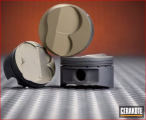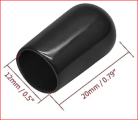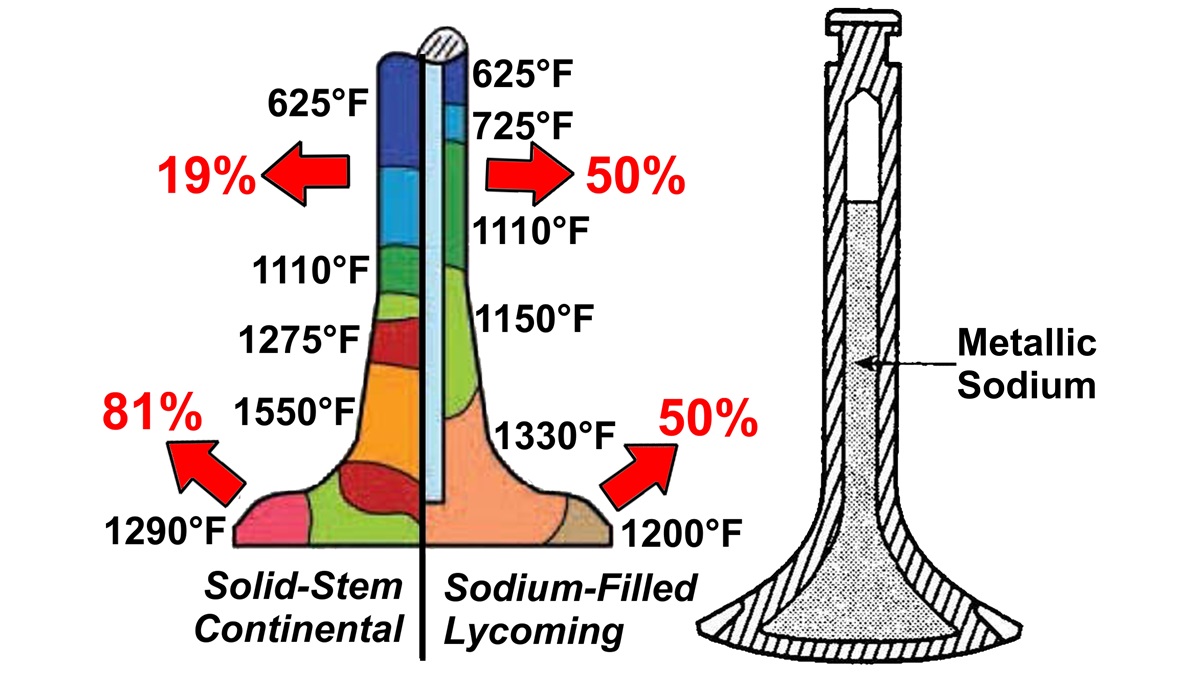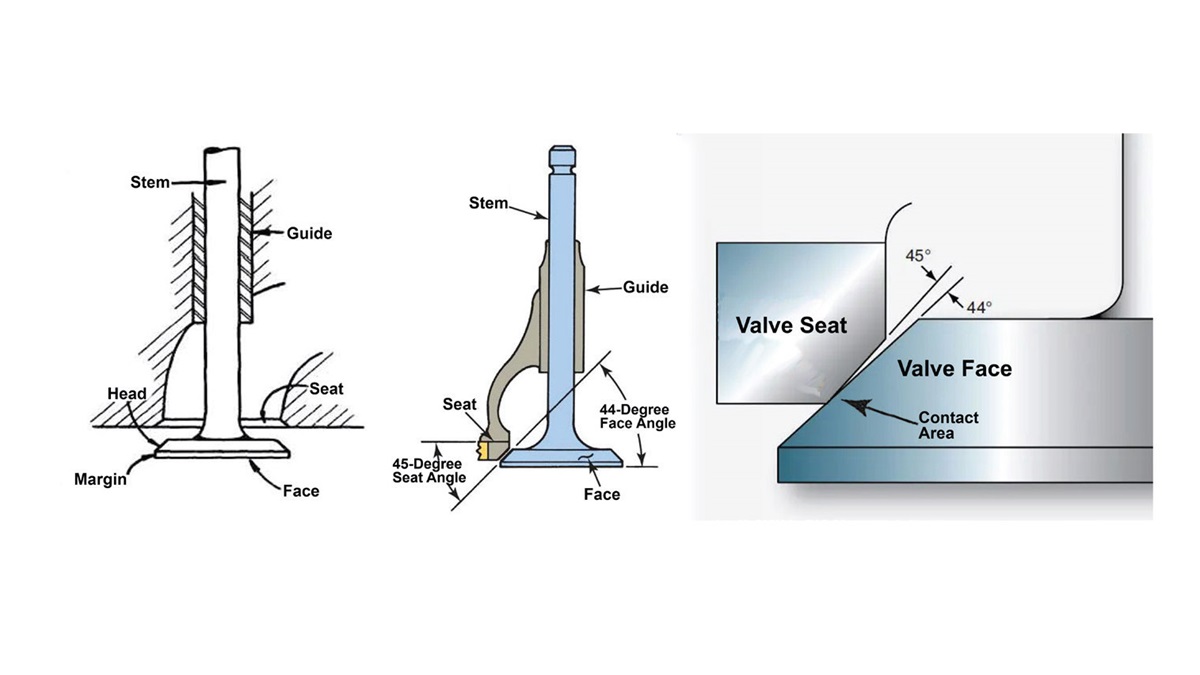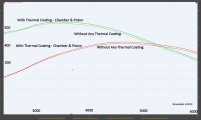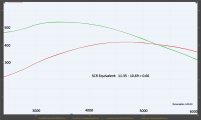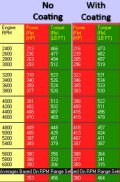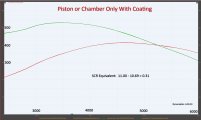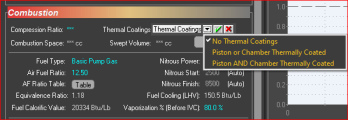Cerakote has three different piston/combustion chamber coatings that could be used for the exhaust port. None of them use a catalyst or a thinner, just pour and shoot. One is even an AIR cure, the other two are oven cure. All three good to 1800°F.
Four oz bottle is $35 and would be plenty if spraying the exhaust ports only or $90 for a pint to spray pistons and chambers also.
See our complete collection of Cerakote Coating products. Shop by product series, unique coating attributes or application types.

www.cerakote.com
View attachment 18096
.
I think a challenge with DIY, spray-on coatings in the exhaust port is that you're not supposed to coat the valve guide. I think officially you're supposed to have the head sent without exhaust valve guides installed, then get the coating applied and then have the valve guides installed.
If there is a coating that has good adhesion with a wipe-on and "bake" type application, I could see that working. The Profiler heads, anyway, don't have any aluminum in the casting making a big valve guide support bump / vane around the valve guide, the valve guide just sticks down into the head "floating" there unsupported, and it would get covered in a spray-on application if it was left in.
I think the thermal barrier coatings on the valve guide would hold in the heat going through the exhaust valve and make the stuck valve risk greater, which is one of the primary things I'd be trying to avoid by thermal barrier coating the exhaust ports.
Less heat going into the coolant there just seems like such a "win", less coolant / engine heat, and more exhaust heat.
On a marginally-related note, a few months ago Total Seal did a dyno test of increasingly thinner piston rings and one of the side-effects that immediately showed up on the Super Flow dyno instrumentation was the reduced coolant and oil temps from the reduced friction of the thinner rings.
-I mean we constantly hear that the rings, and especially the 2nd ring are responsible for a huge percentage of total engine friction, but I always tended to think of BURNING GASOLINE and air being like exponentially such a greater source of engine / coolant heat that the frictions from the rings wouldn't really matter / move coolant or oil temps. --> WRONG. You can see it in otherwise identical back-to-back dyno tests between thick and thin rings.
Lake Speed Jr. puts off such a polyester leisure suit-wearing, high-pressure used car salesmen vibe that I'm always cautious about "buying what he's selling", but thin piston rings really do have SOOO many benefits that it's quite sad that you almost never see thin ring pack pistons in SBC rotating assemblies that are actually widely available for sale. (The Mahle Power Pak pistons have all included them for years, but they're premium pricing and then require balancing the assembly for them.) -If you look at SBC rotating assemblies on any site and sort by price, you'll have to get 2/3rds of the way through the list into some pretty decent-money assemblies to get a piston that uses a 1.2mm or thinner ring pack. (SAD...)
SBCs seem just viewed as the "cheap-ass's engine", so it seems like we don't get the "good stuff" in the parts department because manufacturers feel like they can sell similar parts to the LS guys for 2x as much.
Reduced friction and heat, some small power gains (more with more stroke, more bore, and more rpm), DRAMATICALLY reduced bore wear with silicon-containing piston alloys, and rings that don't intrude on the piston pin bore when you go with a 6" rod 3.75" stroke piston --a LOT of benefits all together that, IMHO, more manufacturers should make them standard.
Adam

